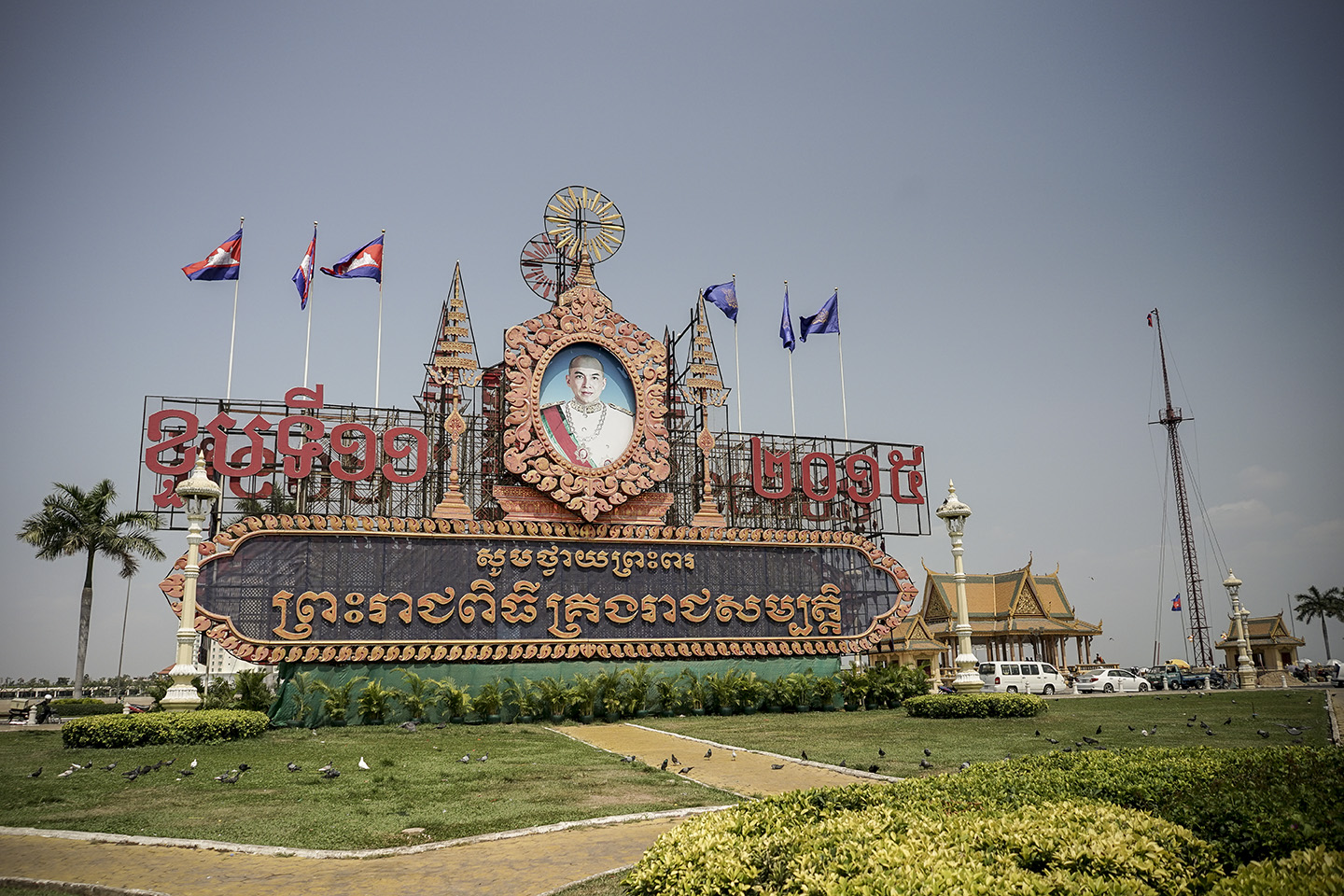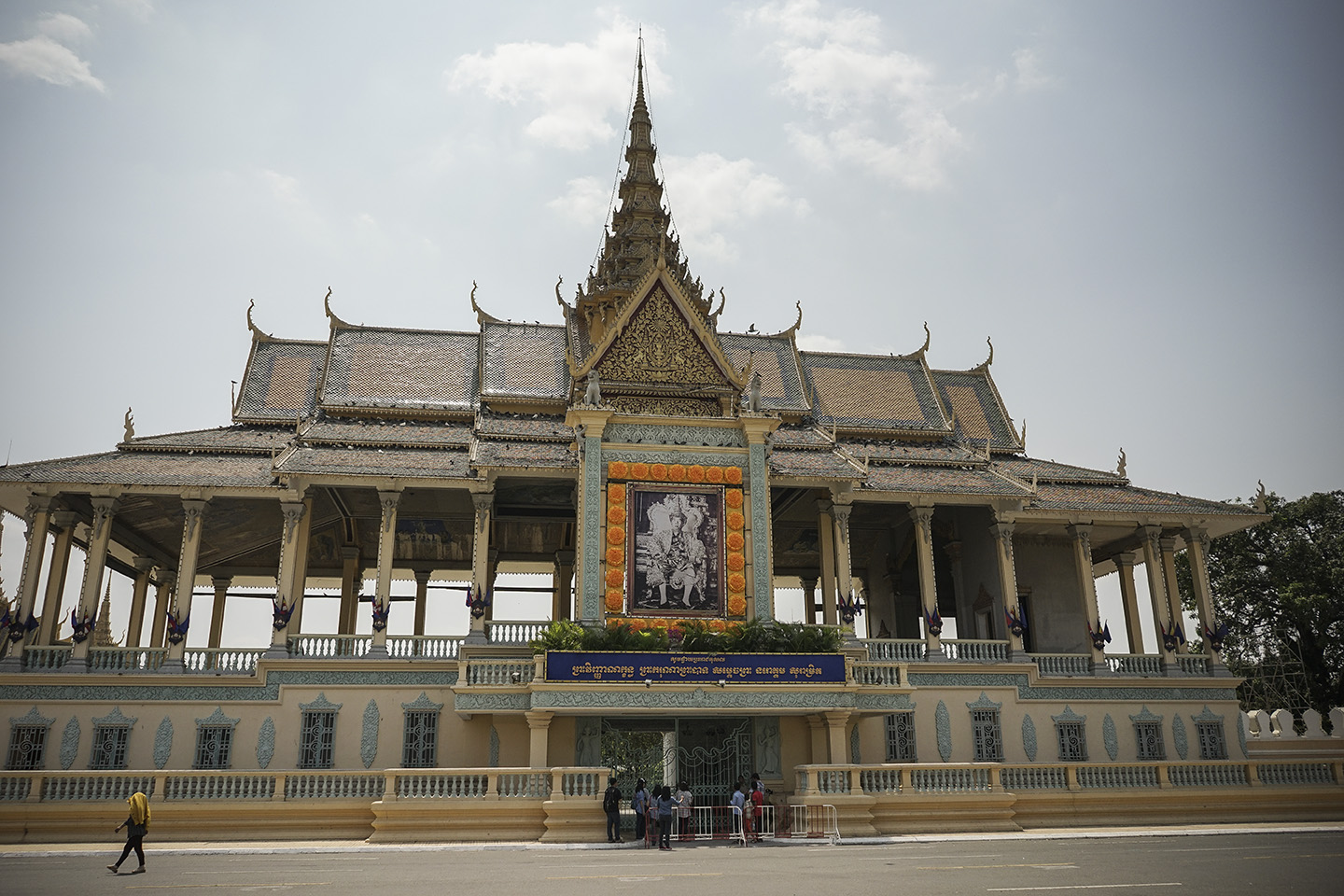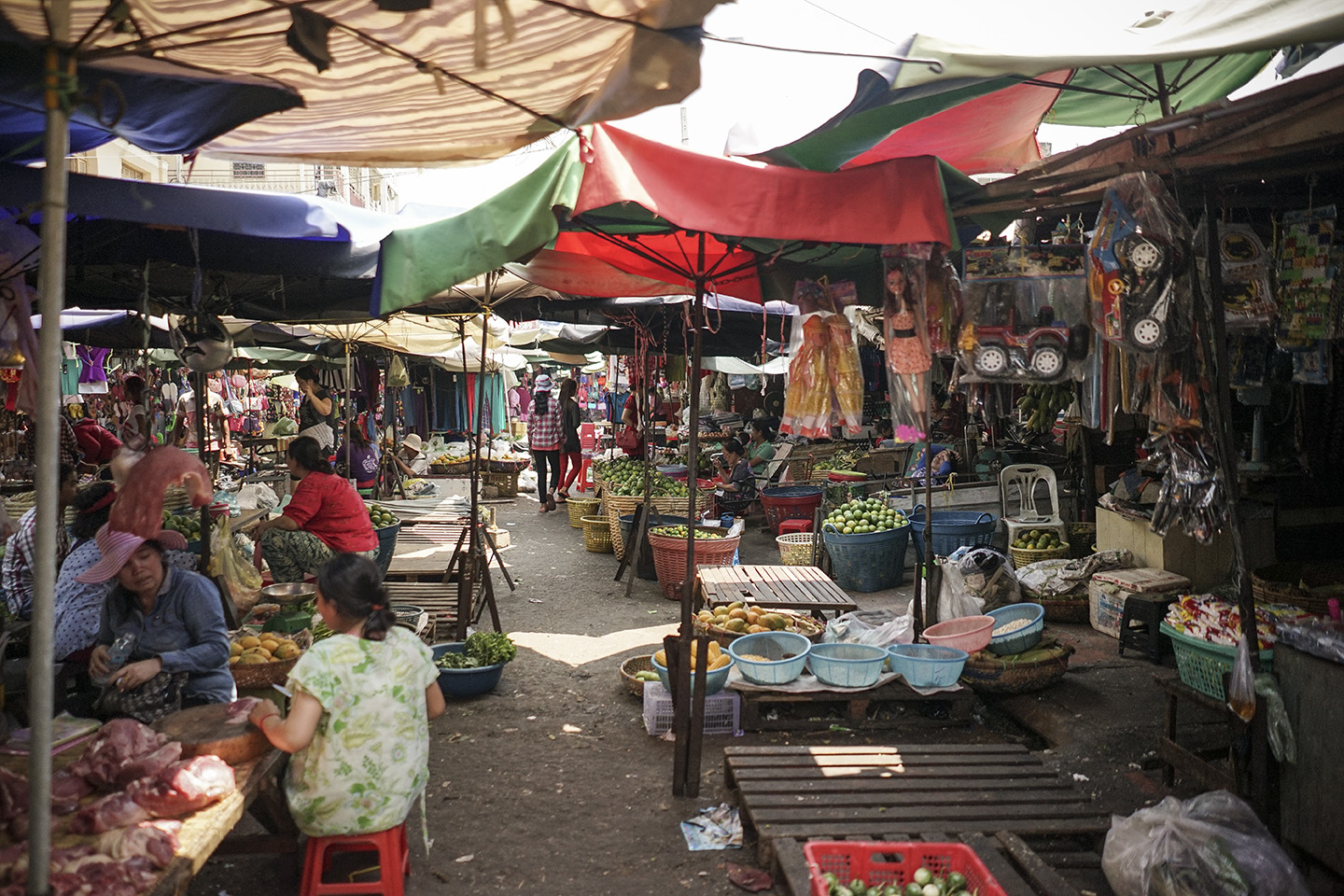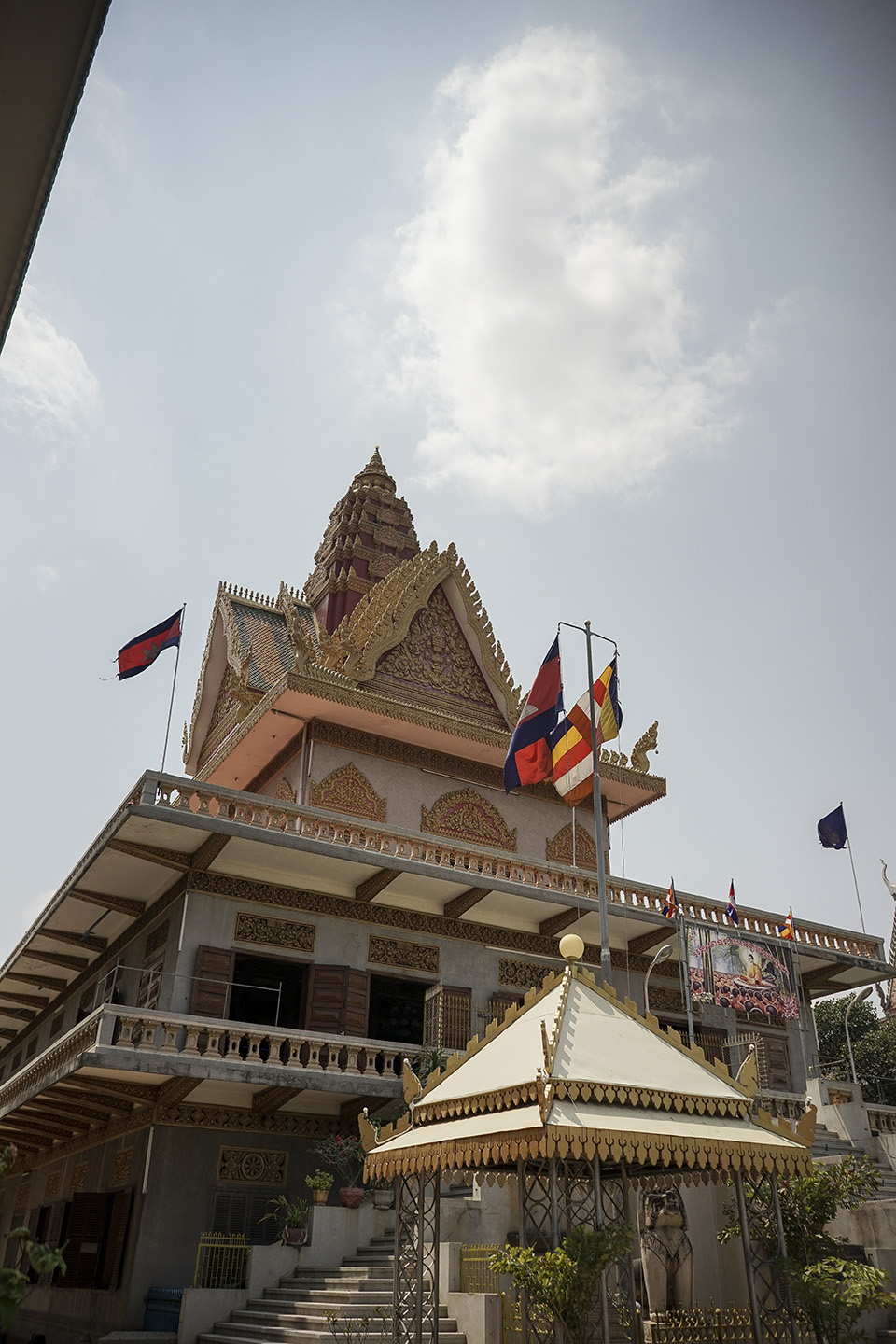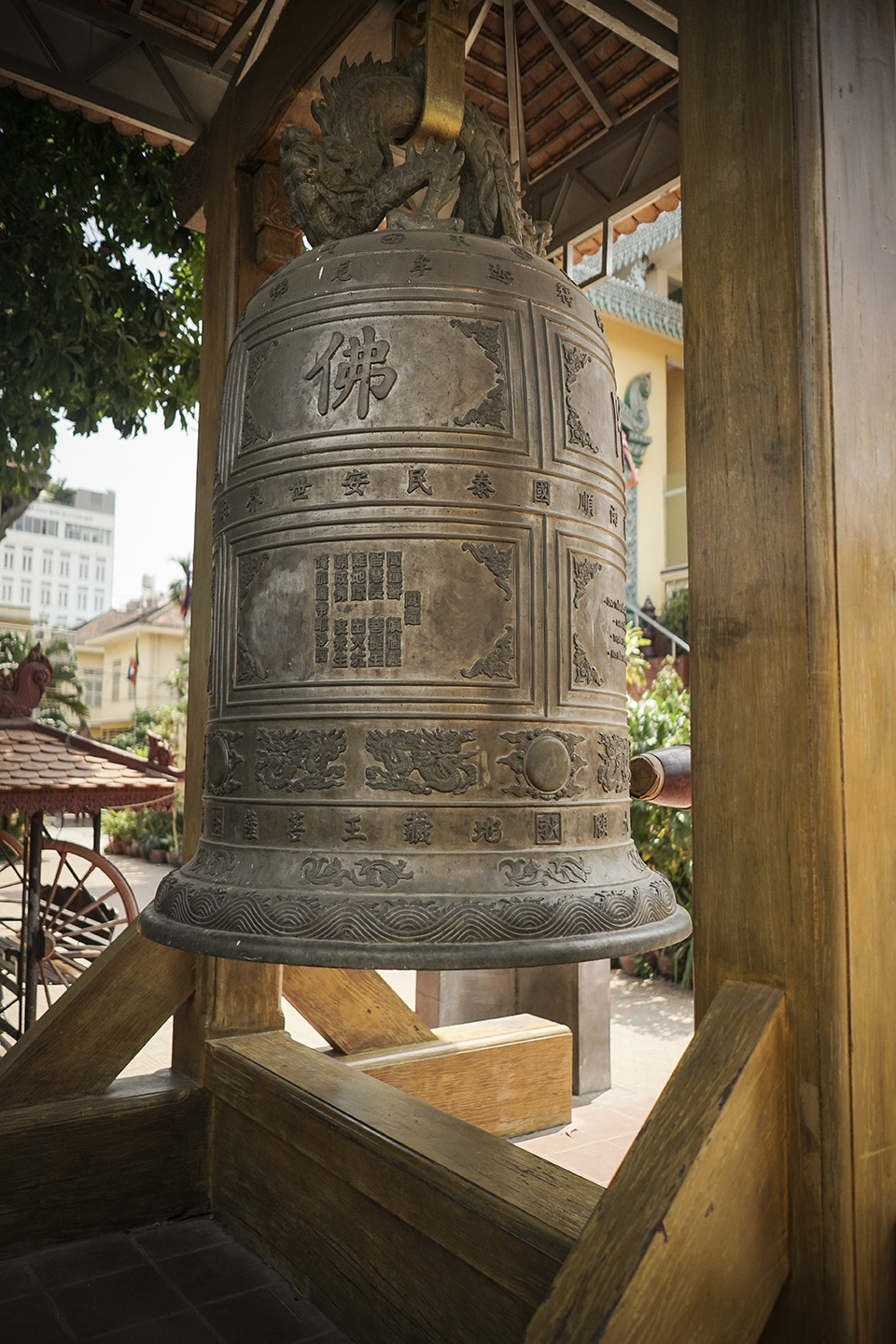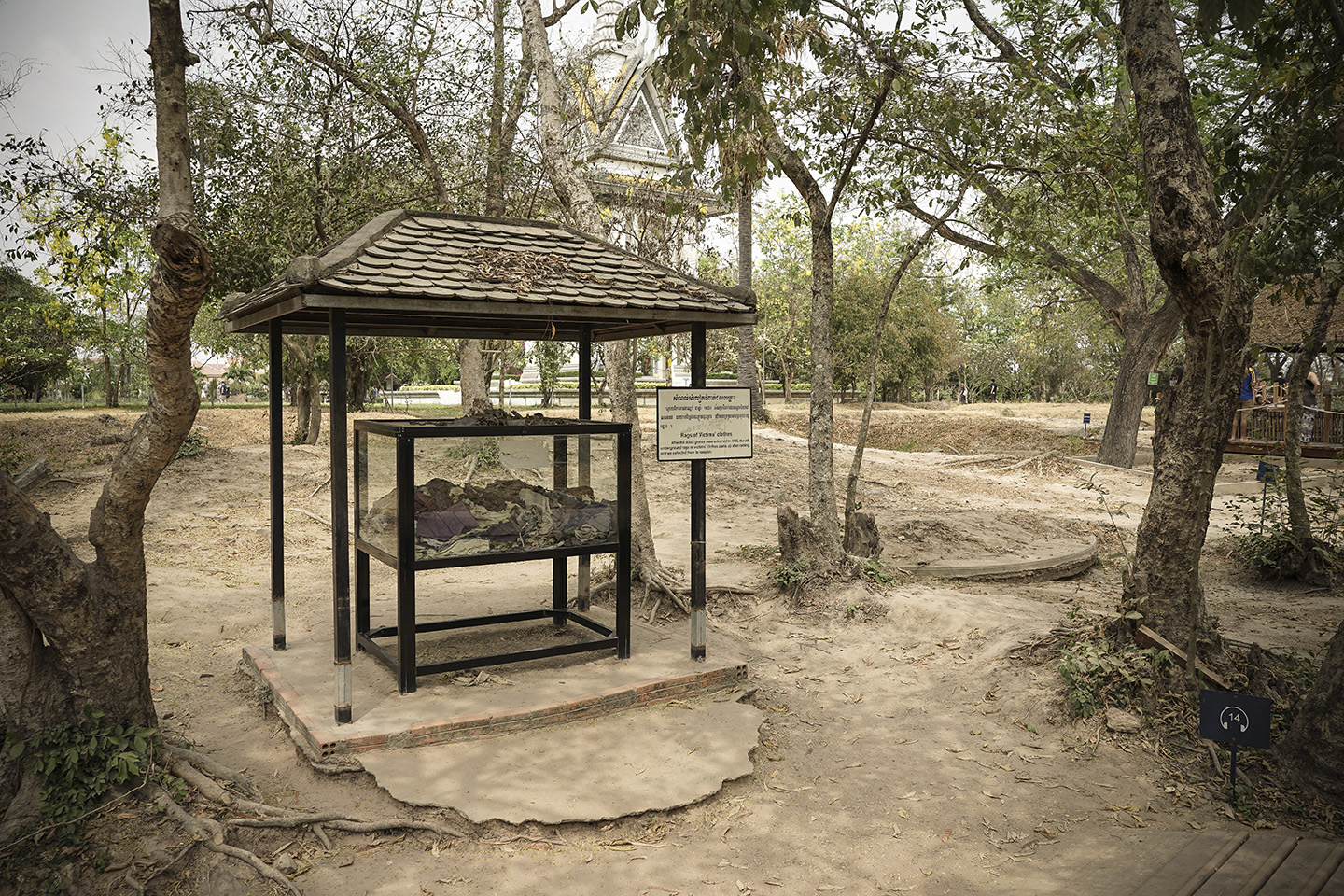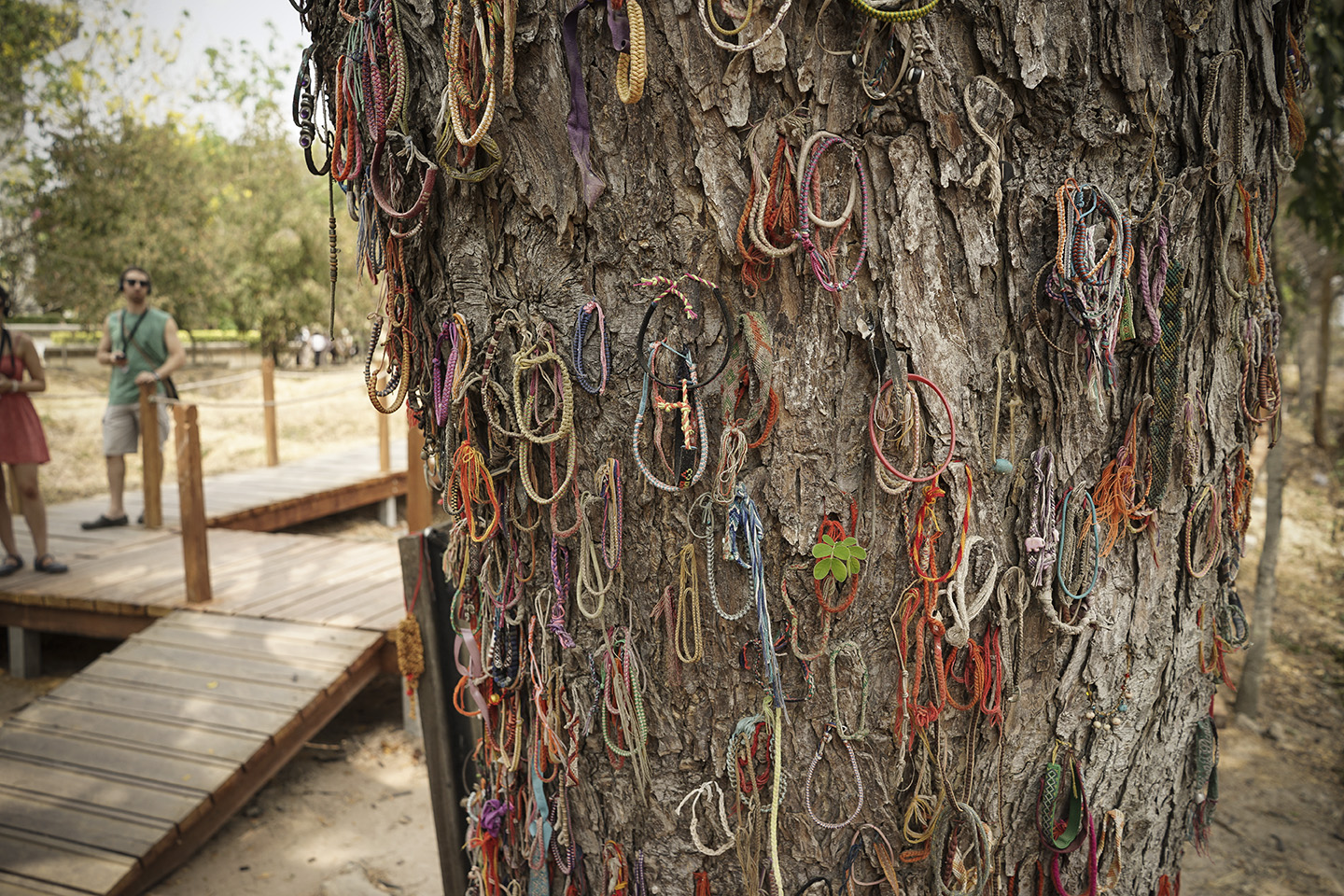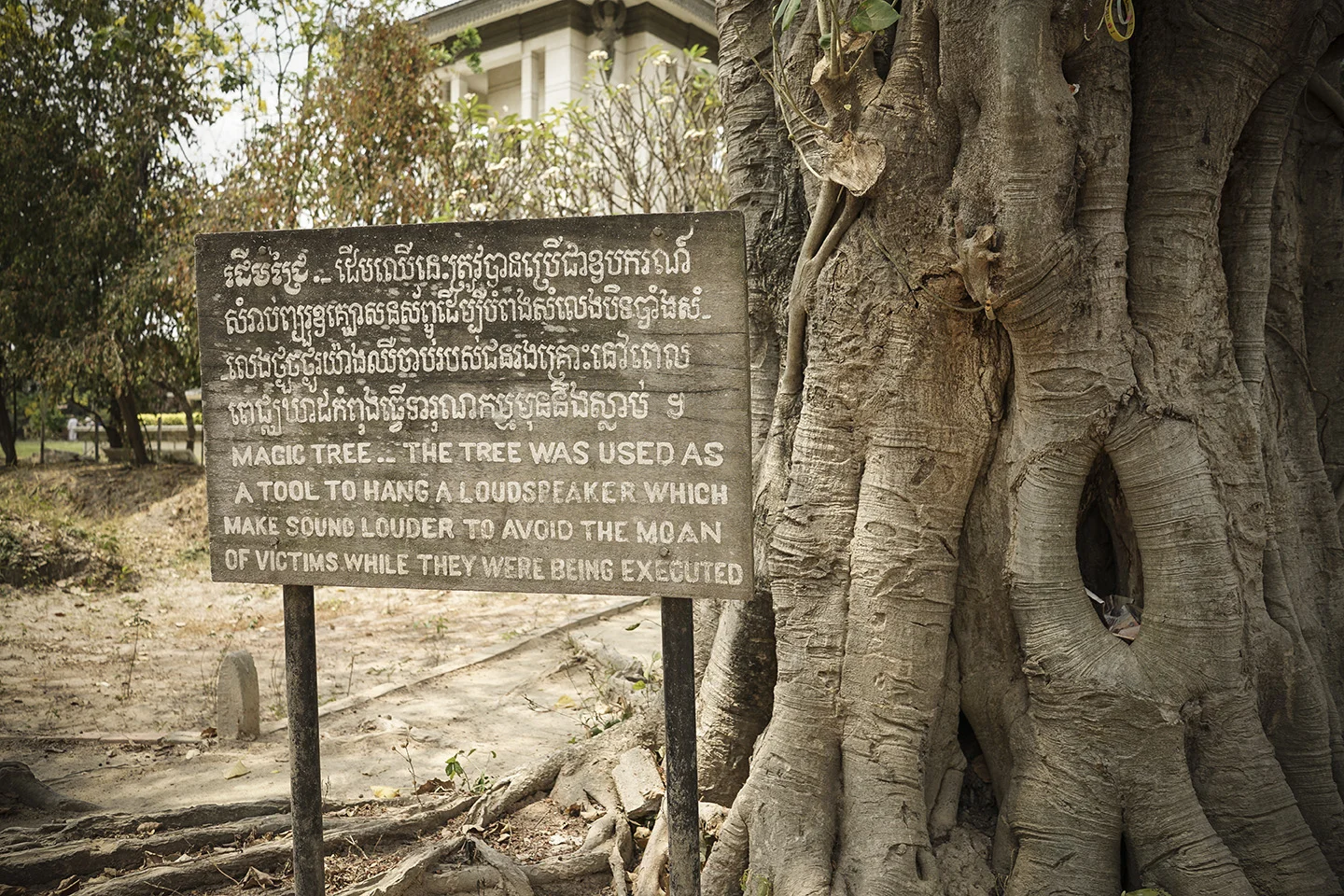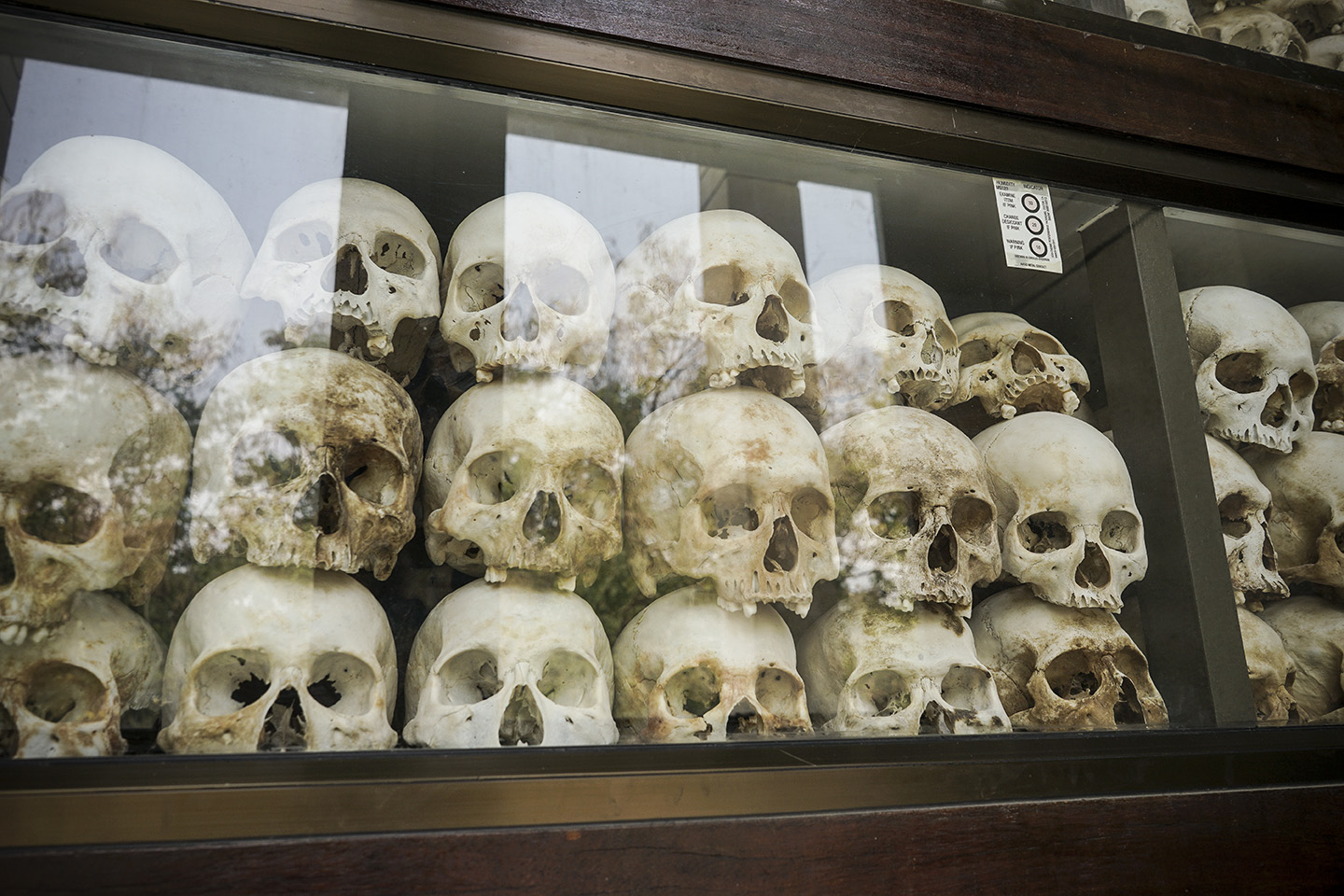The Killing Fields and S-21
[I feel the following blog needs a little history to put it into context: On April 17, 1975 a extremist regime called the Khmer Rouge overthrew the current government of Cambodia. They seized control of the country. Seeking to establish a pure agrarian communist society, the leader Pol Pot ordered everyone out of the cities and into the countryside. Most were forced to work in labor camps. All technology and anything that smacked of Western influence was banned. Lawyers, Doctors, Scholars, anyone who spoke English or French, anyone that seemed well read or learned, were taken in the night, trucked off to secret locations, never to be heard from again. These people were seen as useless as farmers or a threat to the new regime, the new pure agrarian commune. In 1979, after nearly four years of genocide, the Vietnamese moved in slowly liberating parts of Cambodia from Pol Pot's grip. The Khmer Rouge retreated into the jungle, but guerrilla warfare would continue into the 1990’s. Many of the countries thousands of land mines were planted during this period. Land mines that, until just very recently, were still killing or maiming Cambodians, especially children who were often out playing in the fields. This time period was a dark one for Cambodia, one that it still has scars from.]
After leaving Battambang, I arrive in Phnom Penh. The capital is much busier than Battambang or even Siem Reap. This time I find my hostel with little trouble. I check in and immediately meet Ben, a guy from the UK, who invites me out to grab some dinner with him and a couple other people. We grab some cheap food at the night market just down the street.
The next day I sign up for the tour to the Killing Fields and S-21. There are three other people signed up so we split the cost of the tuk tuk ride. My companions for the trip are Sid, from Mumbai; Sanjana, also from Mumbai but living in Singapore; and Liz, from Canada.
We go to the Killing Fields first. It’s a sobering place. It is the main location where, between 1975 and 1979, the Khmer Rouge brought massive amounts of people to dispose of them. All the buildings and the trucks that composed this horror scene are now gone, replaced by signs describing the bloody components. There is also a giant stupa containing hundreds of skulls and bones of victims. It stands as a memorial to the dead and a reminder for future generations, not just of Cambodians, but of the world, to not let us repeat atrocities like this.
After the fields, we visit the prison, known as S-21. It was originally a school but during the Khmer Rouge regime it was used to detain and torture anyone believed to be a threat to the new government. I actually find S-21 harder to deal with then the Killing Fields. In the fields there is little visual reference other than the signs and the stupa. Here at S-21, the buildings still stand, beds and shackles still in the rooms. There are also a number of disturbing photos taken by the Khmer Rouge of their detainees posted up on the walls. It’s hard for me because I’ll never be able to comprehend how one can do something like that to their fellow man. It’s all the more depressing when you realize how many times incidents like this have gone down throughout history. As an American I feel some added guilt. The secret bombings of Cambodia by the US government in the early seventies were so devastating that when extremists like the Khmer Rouge starting making their vie for power, the Cambodian people - particularly the farmers who were hardest hit losing large numbers to the bombings - saw them as potential saviors from the current situation and backed Pol Pot's army. In a way we contributed to the rise of a terrible despotic regime. Isn’t that what we are always saying we are against? The other mind-boggling fact is that even after the ousting of the Khmer Rouge in 1979, they continued to hold a seat in the UN for fifteen years! How did this occur? It wasn’t like we were oblivious to the genocide. We had known about that as far back as the early 1980’s, if not before… Another reason I don’t claim to understand politics, and have very little faith in it.
It’s a tough day, but necessary. I travel not only to see the beautiful side of the world, but to see the dark side as well, in order to educate myself and hopefully learn from other’s mistakes so I don’t repeat them.
Soon I’m on a bus down south to hop over to an island called Koh Rong Samloem. I decided to put this on my itinerary after Phnom Penh as way to decompress after my visit to the Killing Fields.
Note: You will find very few photos from my visit to the two museums. While I did take a few at the Killing Fields, it just didn’t feel right. By the time I reached S-21, I didn’t even take my camera out of my backpack.
